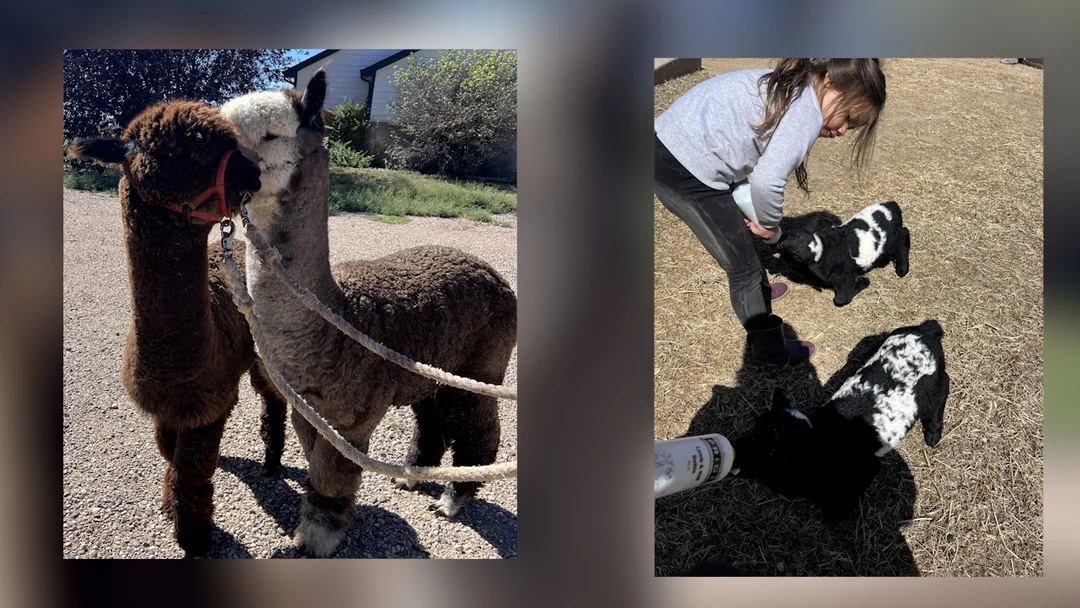
Coyotes Strike Unexpectedly: The Tragic Loss at Colorado’s Petting Zoo
In a chilling reminder of nature’s unpredictable power, a ranch in Watkins, Colorado, is mourning the loss of four beloved animals after what’s believed to have been a coyote attack. The victims—two lambs and two alpacas, stars of a mobile petting zoo—represented more than just livestock for owner Diana Strong; they were part of a traveling source of joy for the community.
Coyotes are often overlooked as serious predators in the landscape of the Centennial State. Yet, according to a preliminary report by Colorado Parks and Wildlife and corroborated by local outlet 9News, the recent attack places their capabilities, and the risks they pose, squarely in the spotlight. What's particularly startling is not just the loss itself, but the scale of it: while coyotes are well-documented hunters of smaller prey such as lambs, their ability to bring down adult alpacas—each weighing an imposing 120 to 200 pounds compared to a coyote's 20 to 50—defies common assumptions.
Historically, coyotes in this region have kept their distance, respecting the barriers that separate wild from domestic spheres. This incident marks a notable breach and is evidence of the animal's resourcefulness and potential desperation. As noted in the coverage, contrary to pack-forming wolves, coyotes typically hunt alone or in loosely organized pairs, further amplifying the surprise that such coordinated predation took place. Some bold accounts even suggest that coyotes are capable of hunting prey as large as moose—a reminder that underestimating these wild canids carries dire consequences.
State support for ranchers grappling with wildlife depredation is normally a given, but currently, Colorado law exempts payouts when perpetrators are coyotes, bobcats, or domestic dogs. This leaves ranchers like Strong not only grieving their animals but shouldering the financial impact alone.
The emotional impact on all those who knew and loved the petting zoo animals is immense. These gentle creatures were more than livestock; their presence brought a sense of wonder to children and families alike. The story stands as a somber lesson about the ever-present balance between humans, their animal companions, and the wild predators that share our landscapes.
As communities and authorities reckon with this loss, one must ask: how can we better safeguard vulnerable animals without disturbing the fragile ecosystems in which we live? Has the coyote, long familiar and frequently underestimated, quietly evolved into a greater threat than we’ve realized?
We invite you to share your thoughts: Have you experienced a similar situation with wildlife in your area? What solutions do you believe would best protect both livestock and the wild creatures of Colorado? Join the conversation below.